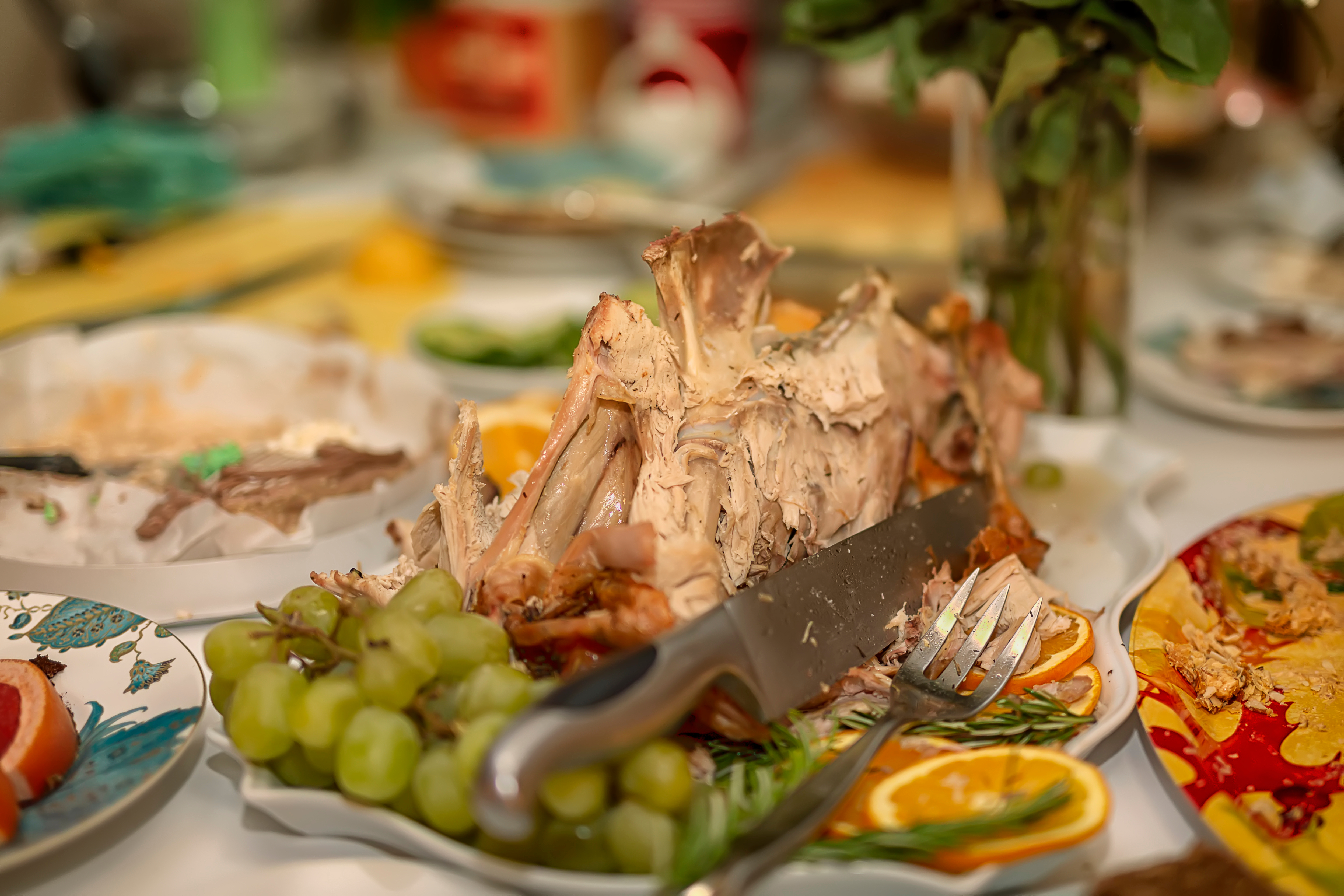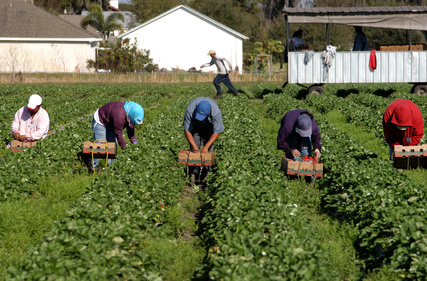Happy Thanksgiving, Bleeding Heartland readers! Hope you are enjoying a day off with good food and friends or family.
Millions of Americans have had less to be thankful for lately. The USDA’s report on food insecurity in 2009 found:
Eighty-five percent of American households were food secure throughout the entire year in 2009, meaning that they had access at all times to enough food for an active, healthy life for all household members. The remaining households (14.7 percent) were food insecure at least some time during the year, including 5.7 percent with very low food security. In households with very low food security, the food intake of one or more household members was reduced and their eating patterns were disrupted at times during the year because the household lacked money and other resources for food. Prevalence rates of food insecurity and very low food security were essentially unchanged from 14.6 percent and 5.7 percent, respectively, in 2008, and remained at the highest recorded levels since 1995, when the first national food security survey was conducted. The typical food-secure household spent 33 percent more on food than the typical food-insecure household of the same size and household composition. Fifty-seven percent of all food-insecure households participated in one or more of the three largest Federal food and nutrition assistance programs during the month prior to the 2009 survey.
The number of Iowa children living in poverty has risen too. According to the state Department of Education’s 2010 condition of education report, 37 percent of students are “eligible for free-and-reduced lunch, up from 26.7% ten years ago.”
According to Claire Celsi, the Des Moines Area Religious Council food pantry “says they can buy 2/3 more food wholesale with your cash donation. Please consider giving cash this holiday season.” I assume the same applies to other food banks.
Senator Tom Harkin cited the USDA’s “food insecurity” statistics as proof of the urgent need to pass a $4.5 billion federal child nutrition bill. The legislation may provide healthier school lunches to many children. The Senate approved the bill this summer, and Harkin was a key supporter. The legislation stalled in the House because, shamefully, the Senate version used food stamp money to fund some of the programs. However, House Democrats who were blocking the bill may be willing to move it during the lame-duck session, because the White House has supposedly promised to restore the food stamp money through some other vehicle. (I’m not convinced that will happen.) At La Vida Locavore, Jill Richardson argues that it’s time to get behind the “better than nothing” school lunch bill.
Richardson also posted an interesting piece on the history of Americans eating turkey for Thanksgiving.
If you can find a farmer who raises heritage breed turkeys, I recommend giving them a try next year. We buy our turkeys from Griffeion Family Farms near Ankeny. The dark meat on heritage birds is darker and more flavorful than the standard broad-breasted white turkey.
For Bleeding Heartland readers in the Des Moines area: The Bake Shoppe at 66th and University in Windsor Heights is open Thanksgiving Day from 7 am to noon, in case you need any last-minute bread or sweets for your table. They make fantastic egg knots (dinner rolls) and desserts of all kinds. The pumpkin bars with cream cheese frosting are a huge hit with my relatives.
I know it’s the wrong holiday, but here’s an old Des Moines Register article that explains the local custom of kids telling riddles to get candy on Halloween. As a college freshman, I was shocked to learn that trick-or-treaters don’t do this in other parts of the country.
This is an open thread.
Continue Reading...




